 Photo by Sam Lion from Pexels
Photo by Sam Lion from Pexels Do you own a cat but want to rent an apartment or condo, town home or house?
If so, it’s vital that you’re fully informed before initiating this all-important process.
Why? Because too many cats are either abandoned or surrendered to animal shelters as a result of housing problems encountered by their owners.
It’s understandable that many landlords may be leery of renting their premises to cat owners. Some tenants are thoughtless and irresponsible, allowing their pets to damage property through destructive scratching or odoriferous spraying and/or disturb their neighbors because of such issues as poor litter box hygiene and neglectful maintenance, inappropriate disposal of soiled litter and hissing or mewling especially at night.
It’s therefore incumbent upon YOU to prove to prospective landlords that your cat is well mannered, fastidious and kept constructively occupied, and that renters like you will not only be respectful of their rental property but will illustrate, by your example, that most pet owners are both conscientious and trustworthy.
Since finding a rental property that welcomes pets may prove difficult, increase your chances of success by considering the following:
• Allow as much time as possible for as thorough a search as possible.
• Research all “animal-friendly” listings and all “animal-savvy” realtors by placing classified ads online.
• Reach out to your neighbors and co-workers, friends and family, through networking sites and social media for an even
broader range of potential rentals.
• Stop by the supermarkets and drug stores in your area to pick up free publications of rental opportunities and visit such
web sites as https://www.apartments.com and https://www.rent.com for even more listings.
Create a “feline resume” detailing your cat’s positive personality traits. Include several photos guaranteed to win hearts, list your cat’s favorite activities, food and treats, and a brief adoption story. You should also include a letter from the vet showing that your cat is spayed or neutered and up-to-date on vaccines and a letter of reference from your current or most recent landlord (if applicable).
While some landlords may advertise “no pets”, others may also be willing to make an exception -- particularly if they own pets or are pet lovers themselves. It’s worth making an inquiry over the phone and even inviting the more amenable ones to meet with you and your cat.
NEVER sign a lease that states, “no pets allowed” even if you happen to observe other pets on the premises. But most importantly, never accept the word of a realtor, manager or landlord that having one is “okay.” The only words that count are those WRITTEN in the lease. If the lease clearly states “no pets allowed”, ensure that it’s either crossed out or replaced with language approving your pet, and that all changes are initialed by both you and the landlord.
Any pet deposit or monthly fees should be specified in the lease, but before signing it, first discuss the matter with the landlord and/or renegotiate the amount.
Keep a signed copy of the lease with all of your other important documents where it can be readily retrieved if needed.
Then, once you and your purr-ecious kitty companion are happily ensconced in your new home, it remains your responsibility to reassure the landlord that he made the right choice in renting to you.
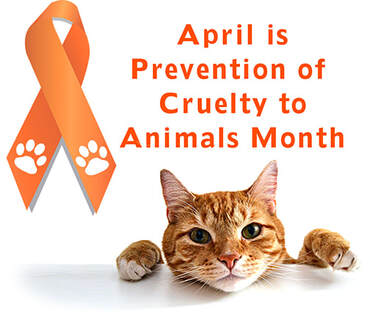
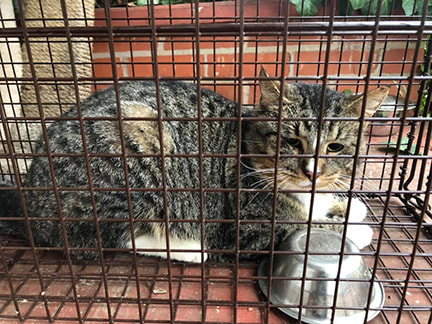
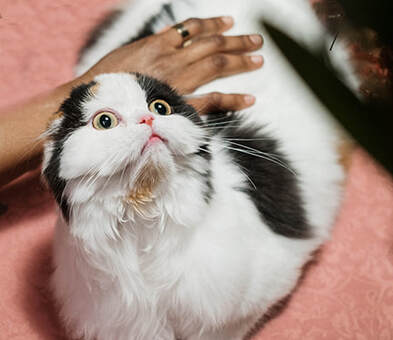
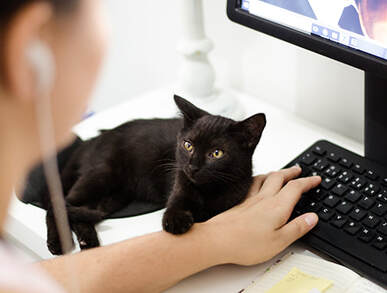
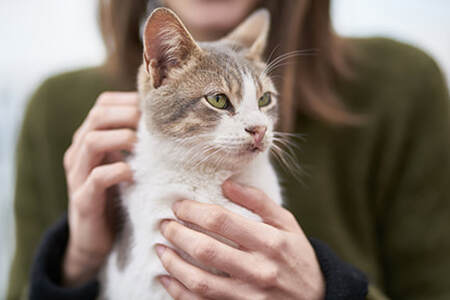
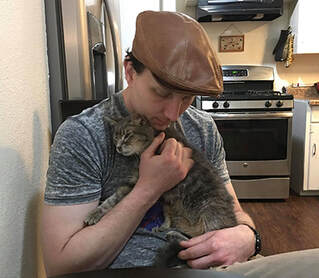
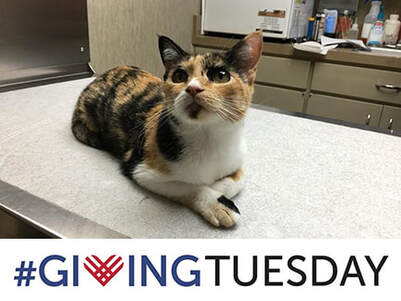
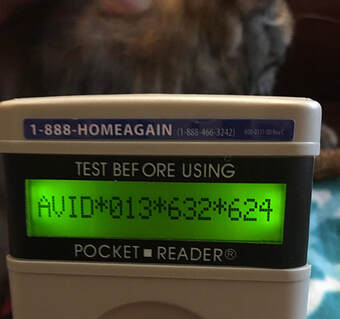










 RSS Feed
RSS Feed